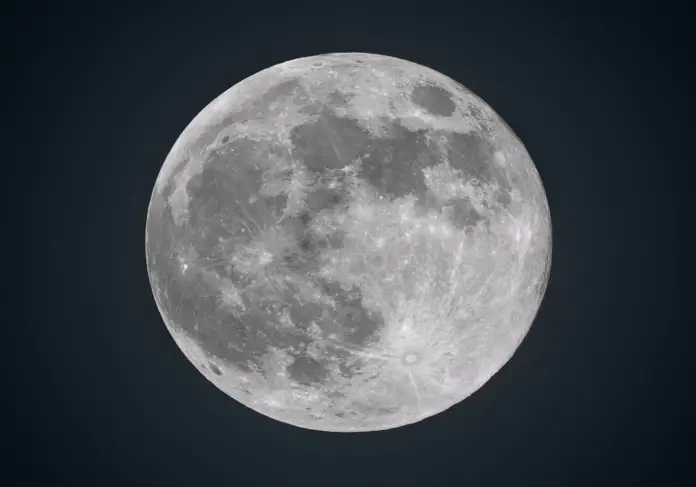China’s ambitious lunar exploration program is reaching new heights as it prepares for a series of technically demanding missions. The upcoming Chang’e-6 mission, set to launch in the coming days, marks a significant step in China’s lunar exploration efforts.
Since its inaugural Chang’e mission in 2007, named after the Chinese moon goddess, China has rapidly advanced its capabilities in lunar exploration. This progress has narrowed the technological gap with traditional space powers like the United States and Russia.
Chang’e-6 is poised to be a groundbreaking mission, aiming to collect soil and rocks from the moon’s far side. This region, which permanently faces away from Earth, poses unique challenges, including the need for communication through a relay satellite orbiting the moon.
Furthermore, China’s lunar aspirations extend beyond Chang’e-6. Future missions, such as Chang’e-7 and Chang’e-8, planned for 2026 and 2028, respectively, will delve into exploring the moon’s south pole. These missions will not only search for water but also collaborate with Russia to establish a rudimentary lunar outpost.
China’s lunar ambitions have drawn attention and concerns from international space agencies. NASA, in particular, has expressed worries about China potentially claiming water resources on the moon. Despite these concerns, China emphasizes cooperation with all nations for lunar exploration.
The Chang’e-6 mission’s landing site at the South Pole-Aitken Basin holds immense scientific value. It aims to study polar ice, which could sustain long-term research bases without relying heavily on Earth-based resources. Additionally, the mission will collect samples from the moon’s far side, contributing crucial insights into lunar history and the solar system’s early evolution.







